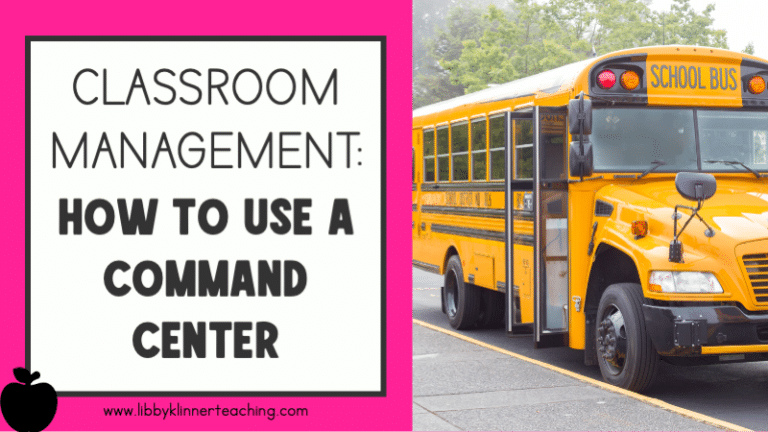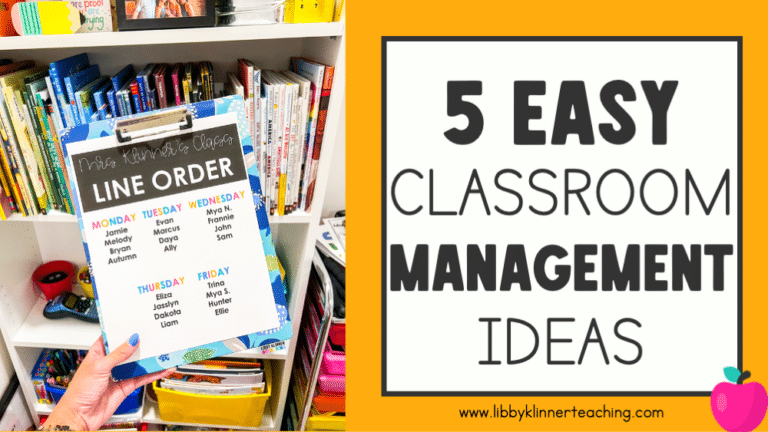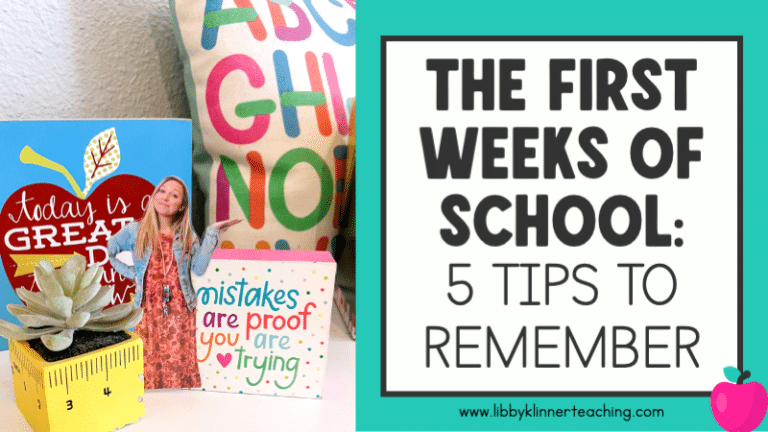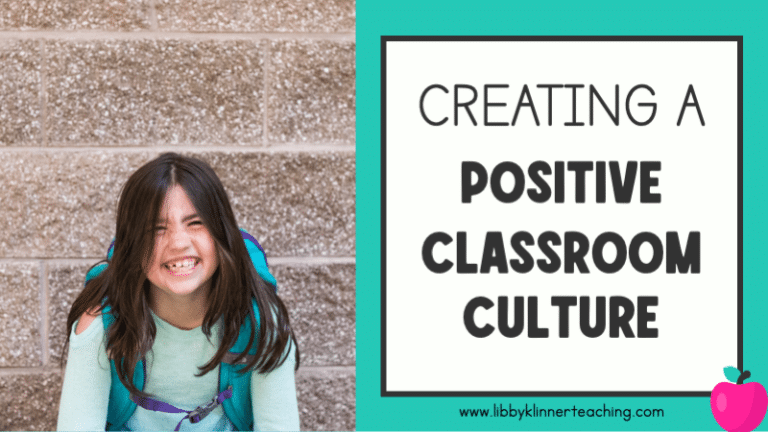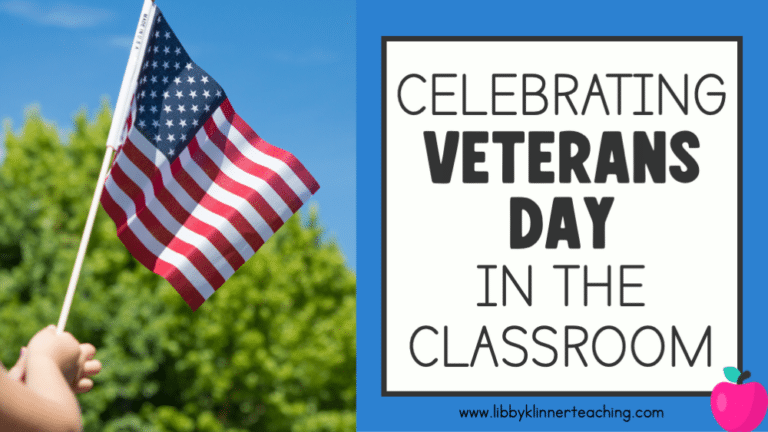3 Easy Classroom Library Organization Tips
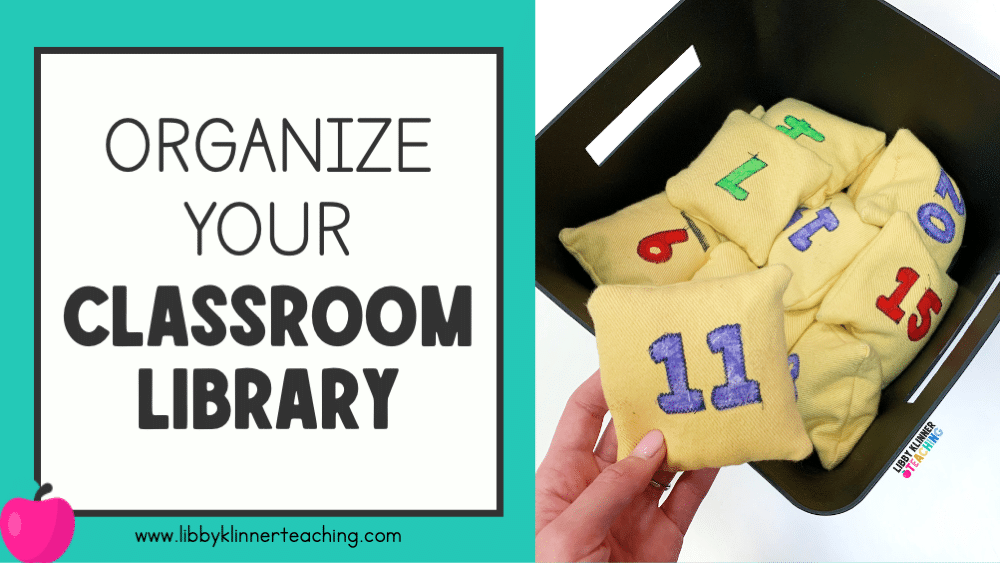
Are you looking to reorganize your classroom library? I’m sharing my library organization from my first grade classroom! These students needed additional support in order to keep our library organization intact. I had previously used labels with the category on each book bin, but some students had trouble reading the labels or recognizing what the picture meant. I implemented two systems to help books end up in their correct bin. Have you ever looked at your classroom library and wanted to pull your hair out? My students had a lot of trouble putting the books they borrowed back in the correct place. Keep reading if you’re looking to solve these problems with your classroom library organization!
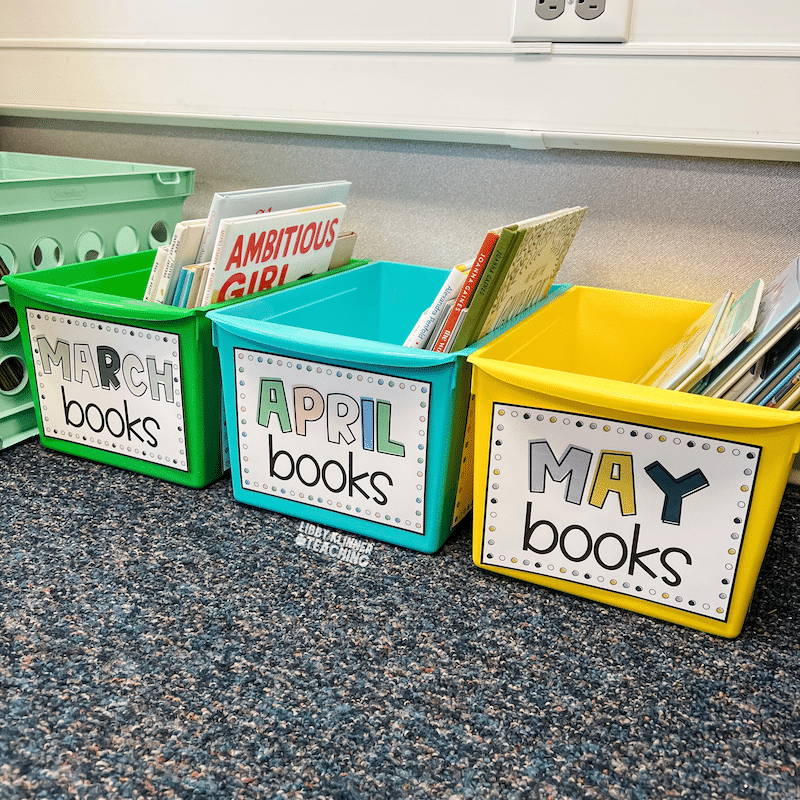
At the beginning of each month, I pull books from the library that I plan to use as read alouds or within lessons. This way I don’t end up hunting for a book the day before I need it. It also prevents my students from reading the books right before we will read them together as a class.
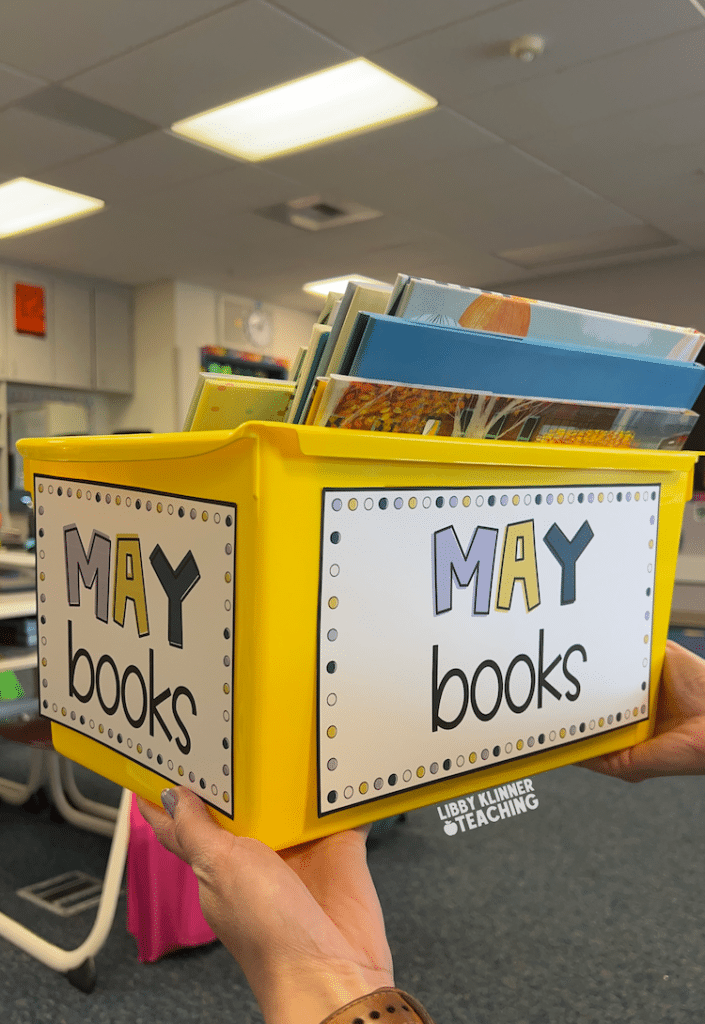
These bins or these bins from Storex are great for holding larger picture books! I have some books that I don’t want my students to read at all before we read them together. With those, I’ll put them in the bins by month.
The monthly labels coordinate with these photo box labels from my TpT store!
I inherited the book bins in the photo below along with the labels on them. I decided to leave the book bin labels so that students who were able to read them could use that as a guide as well.
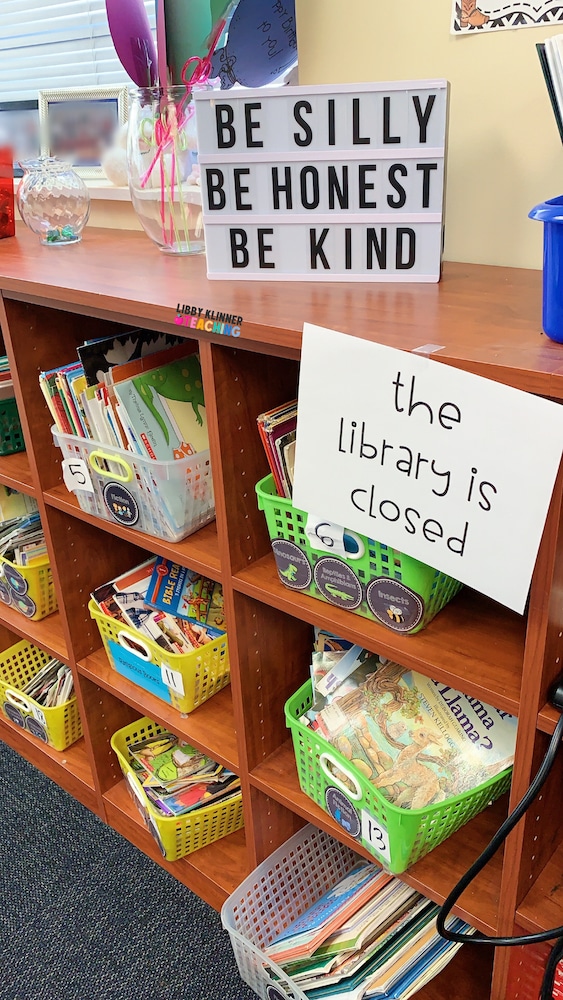
The first layer of support that I implemented with my students is to make the matching process easier. If students couldn’t read the book bin labels or they had trouble determining what category the picture represents, I couldn’t realistically expect them to know where to put their books.
So I took one planning period each week and began labeling the books within the book bins. I used these small dot labels and wrote the corresponding bin number on each label.
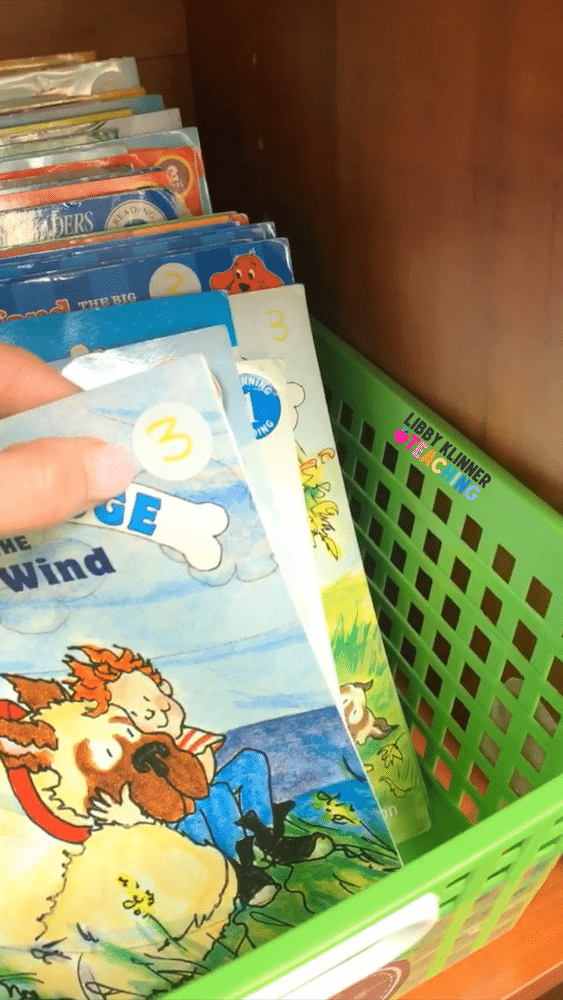
I also gave each basket a number label. I just wrote these on halved index cards. It’s not particularly pretty, but it works! Students then match the number on the book they borrowed with the numbered baskets. Library organization solved!
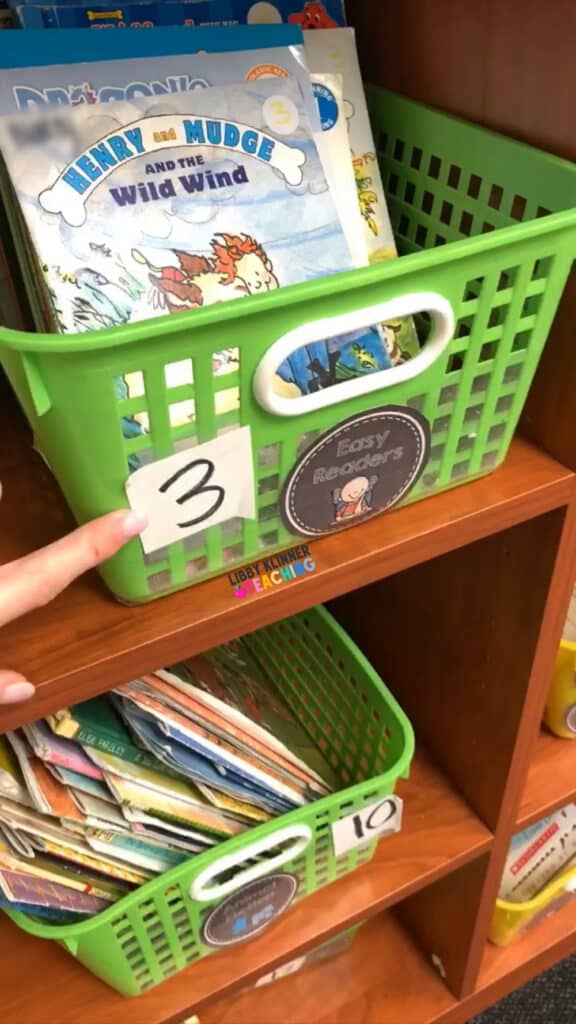
The second layer of support was to use markers to maintain our library organization. Each student in my class is assigned a number for organization purposes. In order to cut down on books being placed in the wrong bins, each student could only borrow one book at a time from the classroom library.
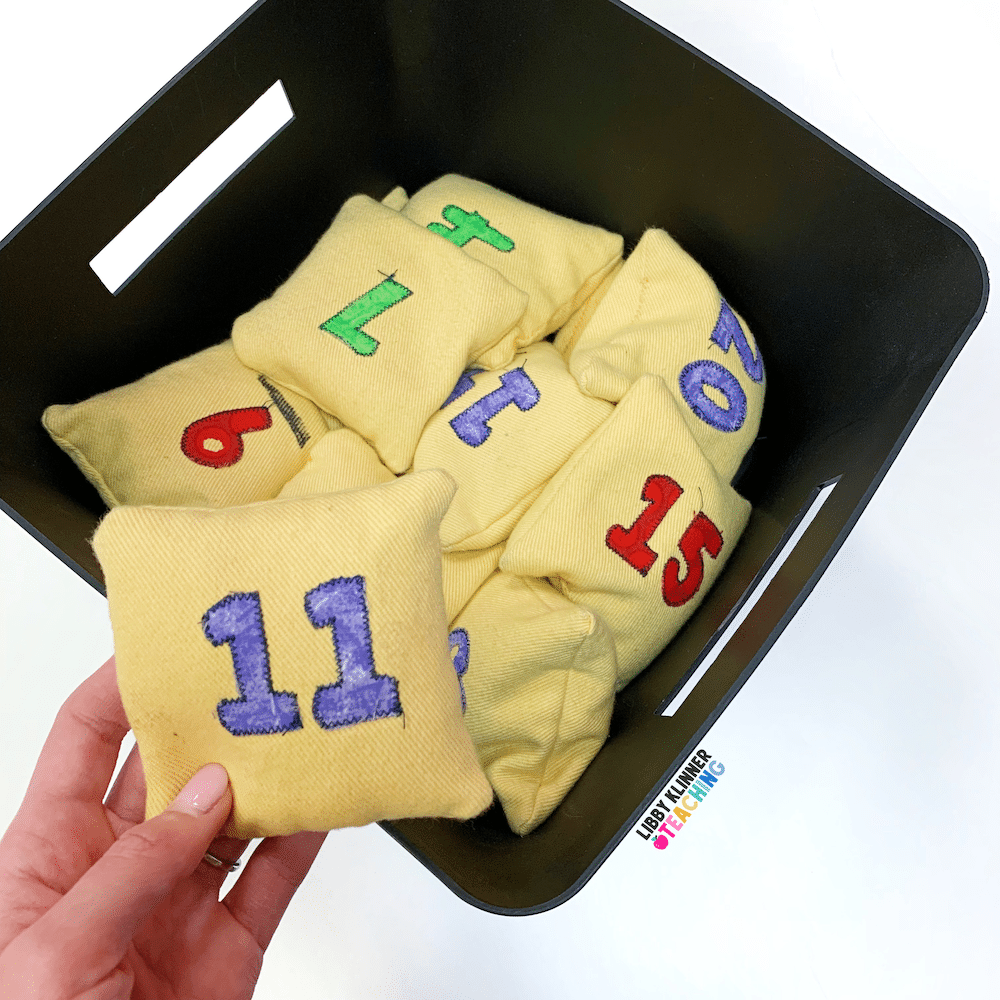
Their numbers were also used in this system. I initially wrote their numbers on toss bean bags like these ones, but then my mom made the mini bean bags in the picture above specifically for my class! I gifted my old numbered bean bags to another teacher since I had these cute ones to use.
The way this system works is when a student wants to borrow a book, they find their numbered bean bag from the bin. They toss it into the cubby where they found the book they chose to read. When they are done borrowing the book, they just need to find their numbered bean bag and return the book to the bin.
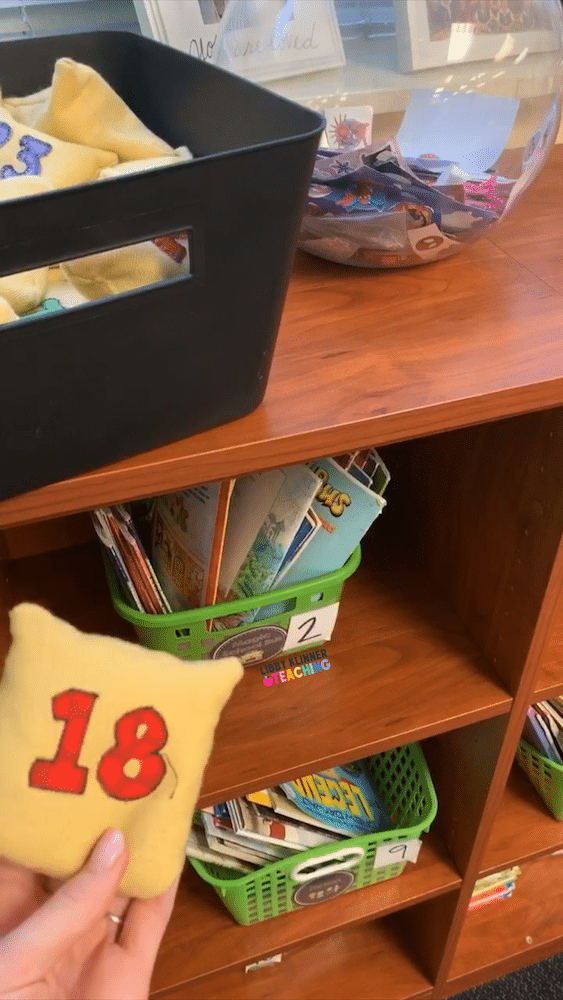
This could also work with numbered clothespins – students just clip their clothespin to the side of the basket. Library organization instantly improved!
These two systems worked hand-in-hand to keep our classroom library organized! If a student’s bean bag fell out of the cubby or was put in the wrong basket, they could use the numbers to match the book to its appropriate bin.
I hope these tips help you keep your classroom library organized! Want more organization ideas? Check out this blog post!

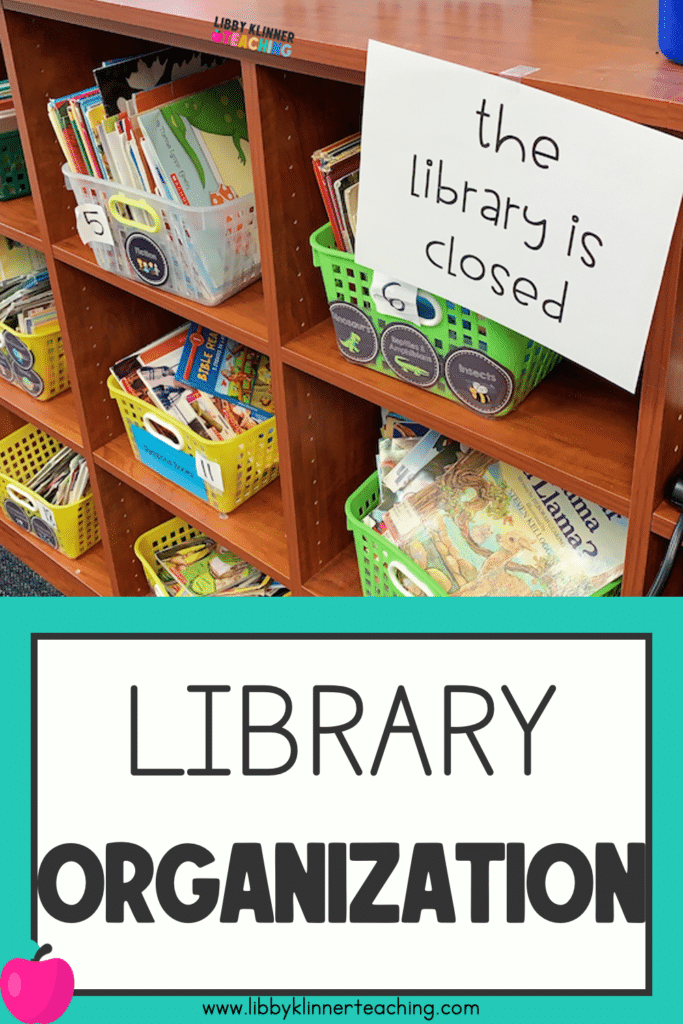

Hi, I’m Libby!
I’m so happy you’re here! I love all things first grade – the curriculum, the content, and the sweet kiddos. I’m passionate about helping K-2 teachers save time in the classroom with fresh ideas and fun, engaging resources.

